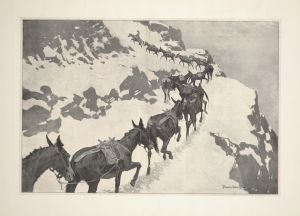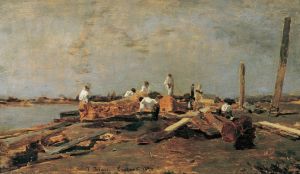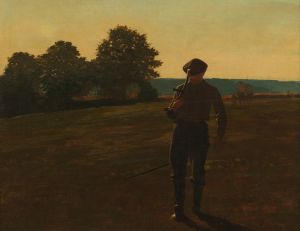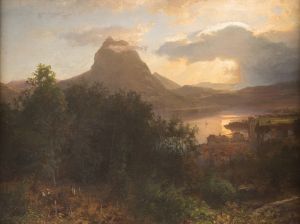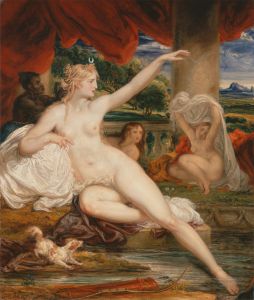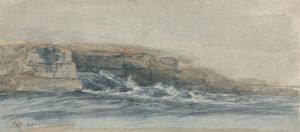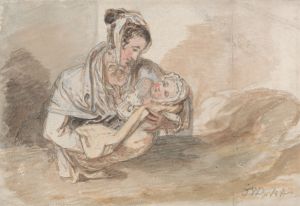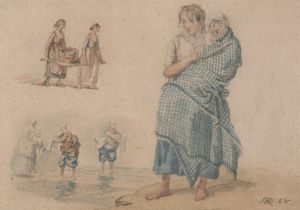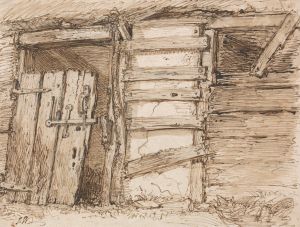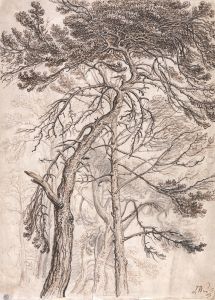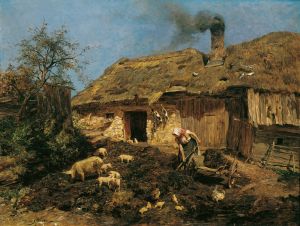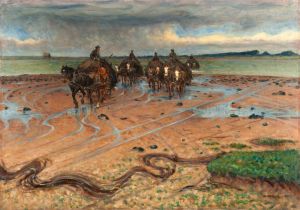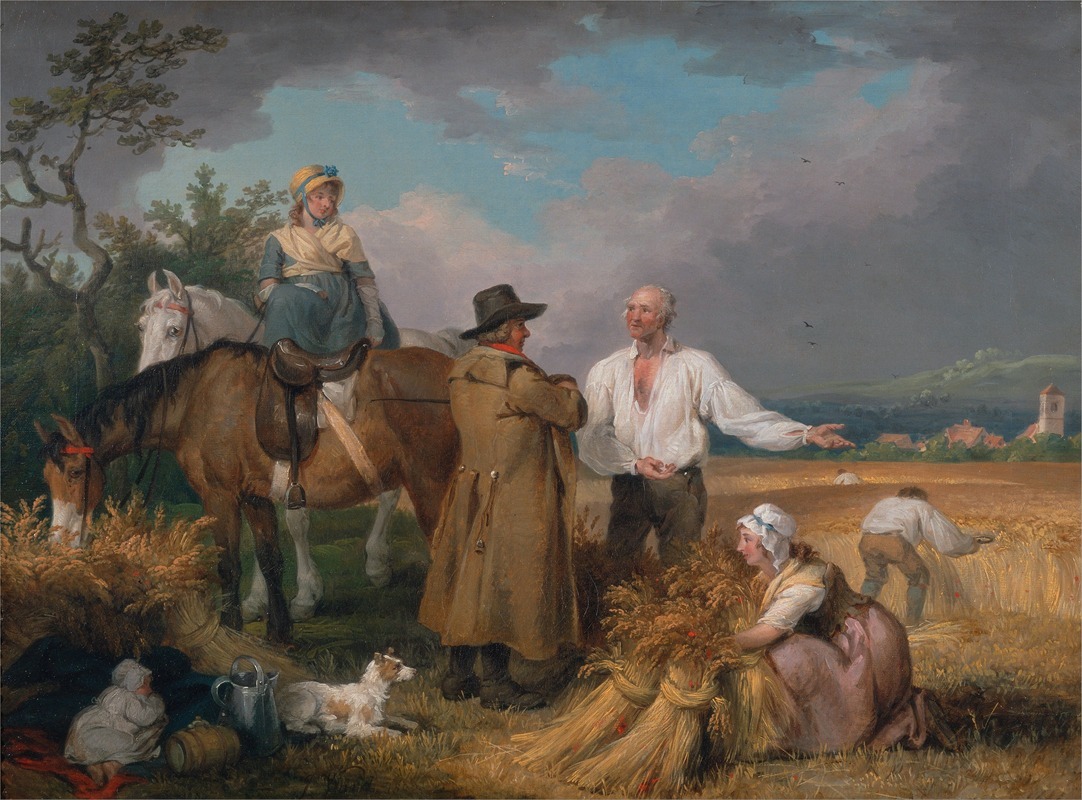
The Reapers
A hand-painted replica of James Ward’s masterpiece The Reapers, meticulously crafted by professional artists to capture the true essence of the original. Each piece is created with museum-quality canvas and rare mineral pigments, carefully painted by experienced artists with delicate brushstrokes and rich, layered colors to perfectly recreate the texture of the original artwork. Unlike machine-printed reproductions, this hand-painted version brings the painting to life, infused with the artist’s emotions and skill in every stroke. Whether for personal collection or home decoration, it instantly elevates the artistic atmosphere of any space.
"The Reapers" is a painting by the English artist James Ward, who was born on October 23, 1769, and died on November 17, 1859. Ward was a prominent painter and engraver, known for his animal paintings and landscapes. He was a member of the Royal Academy and was highly regarded for his ability to capture the essence of rural life and the natural world.
"The Reapers" is one of Ward's notable works, showcasing his talent in depicting rural scenes with great detail and realism. The painting illustrates a group of reapers, individuals who harvest crops, typically using sickles or scythes. This scene is set in the English countryside, reflecting the agrarian lifestyle that was prevalent during Ward's time.
The composition of "The Reapers" is carefully structured to draw the viewer's eye across the canvas. The figures of the reapers are positioned in a way that conveys movement and labor, emphasizing the physical effort involved in harvesting. Ward's use of light and shadow adds depth to the scene, highlighting the textures of the crops and the clothing of the workers. The background features a typical rural landscape, with fields stretching into the distance and possibly a glimpse of a village or farmstead, providing context to the setting.
James Ward's attention to detail is evident in the meticulous rendering of the reapers' attire and the tools they use. The painting captures the essence of the harvest season, a time of hard work but also of community and shared effort. Ward's ability to portray the human figure in action, combined with his skill in landscape painting, makes "The Reapers" a significant example of his work.
Ward's career spanned several decades, during which he produced a wide range of artworks, including portraits, landscapes, and animal studies. He was influenced by the works of George Stubbs, another renowned animal painter, and this influence is visible in Ward's detailed and realistic style. "The Reapers" fits within the broader context of Ward's oeuvre, which often celebrated the beauty and toil of rural life.
Throughout his life, James Ward received numerous accolades for his contributions to art. He was elected an Associate of the Royal Academy in 1807 and became a full Academician in 1811. His works were exhibited widely, and he gained a reputation as one of the leading artists of his time.
"The Reapers" remains an important piece in the study of 19th-century English art, offering insights into the social and economic conditions of the period. It reflects the romanticized view of rural labor that was common in art and literature of the time, while also providing a realistic portrayal of the hard work involved in agricultural life.
In summary, "The Reapers" by James Ward is a significant painting that captures the essence of rural labor in 19th-century England. Through his detailed and realistic style, Ward provides a window into the agrarian lifestyle, celebrating the beauty and effort of the harvest season.





